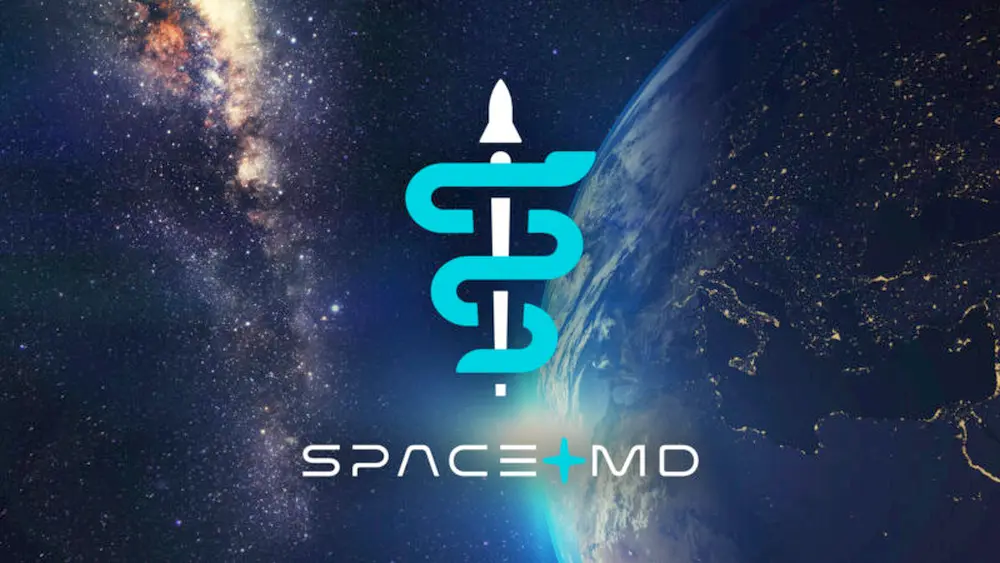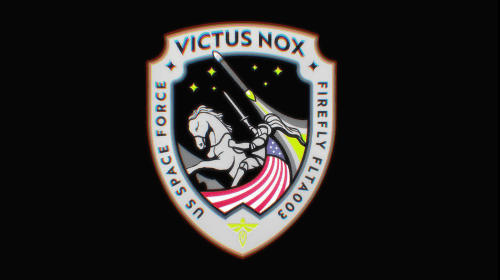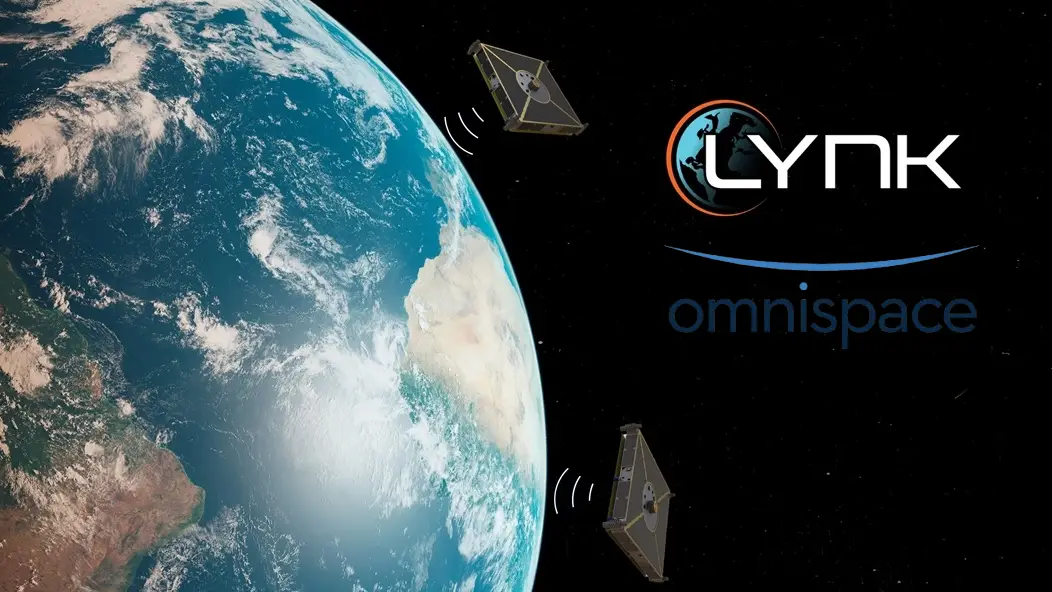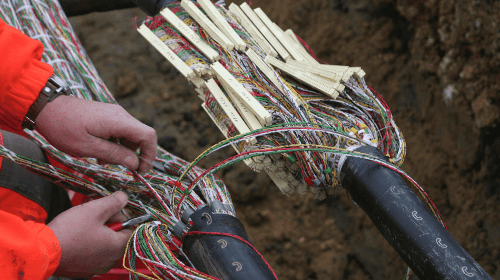Dual-use Constellation and PIL-BOX Platform Gain Traction
Aug 07, 2025
Aerospace company Redwire has won a new deal to support a Very-Low Earth Orbit satellite constellation to supply modeling and simulation services and at the same time extend its commercial space pharmaceutical business. Recent contract win by the company with Earth Observation start-up DeepSat is testament to the increasing need of advanced satellite constellation design services, especially when it comes to Very-Low Earth Orbit (VLEO) missions, which demand the use of higher-order modeling and simulation tools. This is accompanied by Redwire also fulfilling its pharmaceutical aspirations by launching a specialized subsidiary, SpaceMD, to commercialize space-grown pharmaceutical crystals.
 Redwire launches SpaceMD for in-space pharma research. Credit: Redwire
Redwire launches SpaceMD for in-space pharma research. Credit: Redwire
The collaboration with DeepSat underscores the growing sophistication of the design of a modern satellite constellation, particularly in dual-use applications that have both civilian and defense uses. DeepSat has chosen Redwire to offer comprehensive modeling, simulation, and design services to DeepSat in the development of its planned VLEO constellation that will offer multi-domain intelligence, surveillance, and reconnaissance capabilities in numerous sectors. The constellation is to assist in critical tasks such as vessel detection, energy infrastructure surveillance, and disaster evaluation, which shows the multi-functionality needed in the modern Earth observation market. In July, Redwire announced this important contract award, highlighting the fact that the firm is gaining a reputation in advanced space system design.
In the initial phase of this partnership, Redwire will use its advanced Acorn 2.0 Agent-Based Modeling and Simulation (ABMS) software to streamline the architectural design and performance parameters of the DeepSat constellation. This advanced modeling allows comprehensive evaluation of system performance, mission value, and operation conditions prior to actual deployment, which greatly minimizes the risks and expenditures of the development. Tom Campbell, the president of Redwire Space Missions, stressed that work in VLEO introduces design challenges not found in other orbits and requires sophisticated digital engineering capabilities to model, analyze, and optimize mission performance, risk profiles, and multi-domain interactions. These are the areas that the company is specialized in, and it can, therefore, be a useful partner in next-generation space missions that need advanced technical solutions.
While advancing Earth observation technologies, Redwire is simultaneously pioneering space-based pharmaceutical development through its newly established SpaceMD subsidiary. This venture represents a strategic shift from experimental research to full commercialization to grow seed crystals in microgravity and specifically to the company’s Pharmaceutical In-Space Laboratory (PIL-BOX) technology. These microgravity conditions on the International Space Station make it possible to create more perfect crystal structures that are larger than what can be created on Earth, which has the possibility of producing more effective pharmaceutical products. The business model of SpaceMD is based on the sale and license of these space grown seed crystals to the pharmaceutical companies interested in more powerful medication formulations.
The business prospects of space pharmaceutical activities of Redwire are very high, and the company has already proven to have a considerable technical potential by sending 28 PIL-BOX systems into space to crystallize 17 various substances on the International Space Station, including insulin. Earlier this year, the company introduced an improved model of the PIL-BOX system that has the capacity to handle increased volumes of samples, which is an indication that this technology can be scaled to commercial use. CEO Peter Cannito stated that SpaceMD takes the PIL-BOX approach beyond experimentation and into full commercial development with strong upstream revenue opportunities, and the company is as confident in the market potential of space grown pharmaceuticals.
SpaceMD has already produced tangible business outcomes, with the subsidiary already announcing a licensing deal with pharmaceutical firm ExesaLibero Pharma for the small-molecule medication called ELP-004. In this agreement, SpaceMD will coordinate the microgravity research of ExesaLibero Pharma on the PIL-BOX platform, and in exchange, SpaceMD will get royalties on any commercialized sale of any pharmaceutical products as a result. Space-based research can be used to tackle considerable medical problems, as the ELP-004 medication may be used to treat bone erosion caused by such serious diseases as rheumatoid arthritis and multiple myeloma. This type of partnership will give a structure to future cooperation between SpaceMD and pharmaceutical companies that want to utilize the special benefits of crystal growth in space to create medications.





